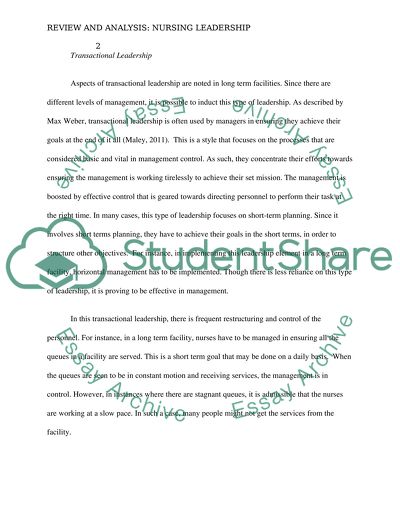Cite this document
(“Extensive Review and Analysis of Nursing Leadership Assignment”, n.d.)
Extensive Review and Analysis of Nursing Leadership Assignment. Retrieved from https://studentshare.org/nursing/1402636-extensive-review-and-analysis-of-nursing-leadership
Extensive Review and Analysis of Nursing Leadership Assignment. Retrieved from https://studentshare.org/nursing/1402636-extensive-review-and-analysis-of-nursing-leadership
(Extensive Review and Analysis of Nursing Leadership Assignment)
Extensive Review and Analysis of Nursing Leadership Assignment. https://studentshare.org/nursing/1402636-extensive-review-and-analysis-of-nursing-leadership.
Extensive Review and Analysis of Nursing Leadership Assignment. https://studentshare.org/nursing/1402636-extensive-review-and-analysis-of-nursing-leadership.
“Extensive Review and Analysis of Nursing Leadership Assignment”, n.d. https://studentshare.org/nursing/1402636-extensive-review-and-analysis-of-nursing-leadership.


